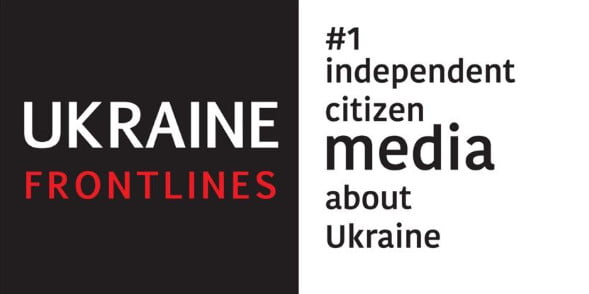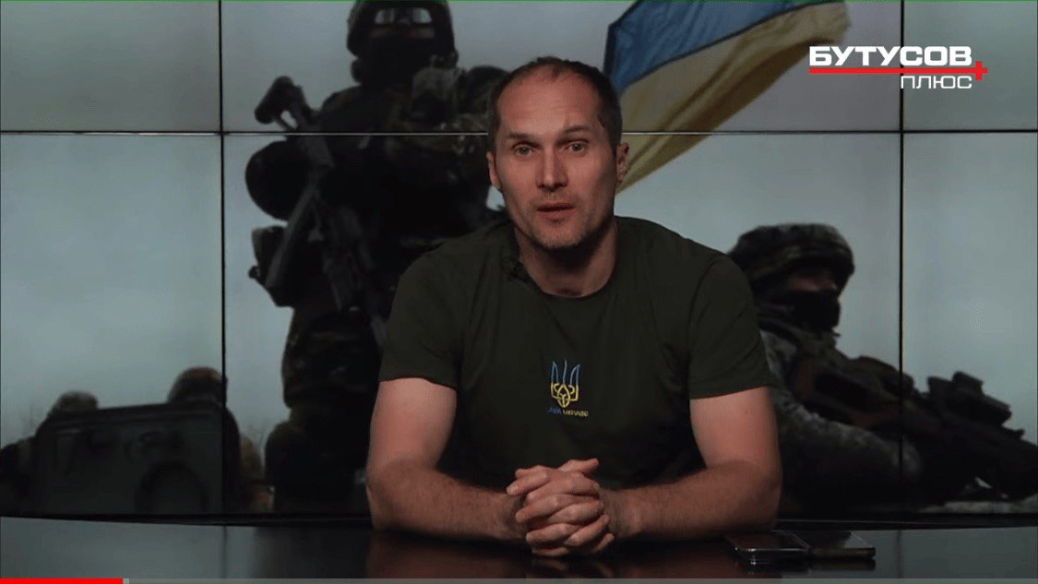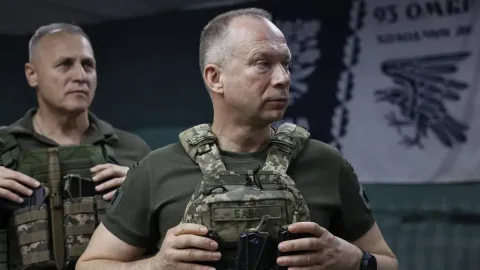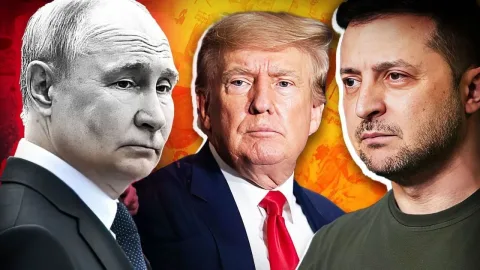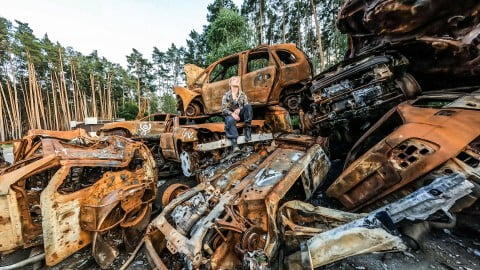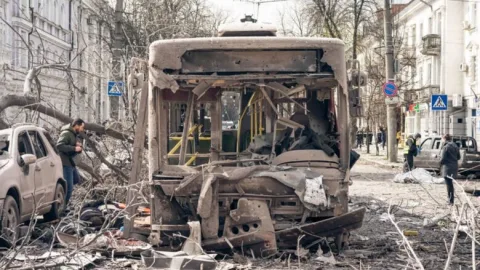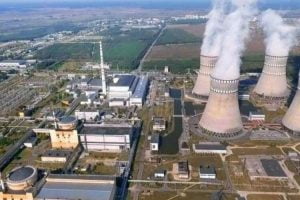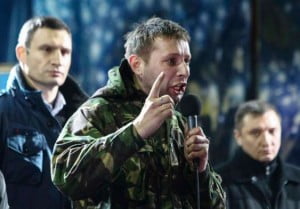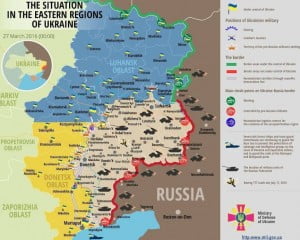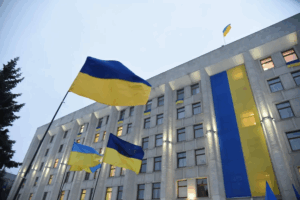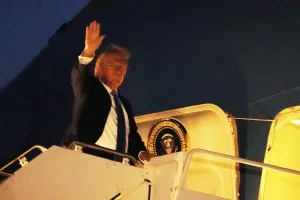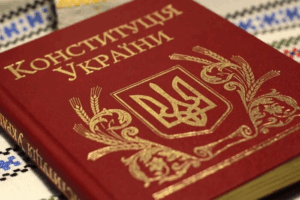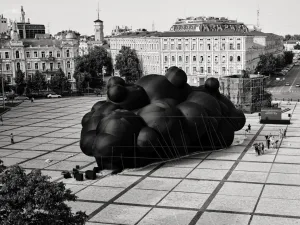Friends, greetings. Today, we have a stream fully dedicated to the events on the front lines. The front has expanded, and the special military operation, the demilitarization and denazification operation, is now also taking place in the so-called Kursk People’s Republic, or the Kursk region of the Russian Federation according to other sources. But we will also talk about the situation on the entire front because this very swift episode of the war should not overshadow the difficult situation and the heavy battles currently taking place on strategically important directions for Ukraine. This includes Myrnohrad, Pokrovsk, Toretsk, New York, and Siversk, where extremely intense fighting is happening at this moment. Every day, and today as well, the enemy is conducting massive assault actions and bombardments.
So, today we will primarily speak in the language of maps and facts, and of course, we will talk about the events in the Russian Federation. As is known, denazification and demilitarization of Russian military units is being carried out in the Kursk region, near the city of Sudzha. Let’s first look at the information that has already become known on social networks and which colleagues from the Deep State website, Deep State Telegram channel, essentially the main source of fact verification through maps and geolocation in this war, have provided. I highly recommend them to everyone. Please, let’s look at what became known from the videos yesterday.
We can see that the known footage is of Russian soldiers being captured, surrendering, strikes on Russian soldiers, so there are known Russian soldiers in the frame, a whole group surrendering, we can see where it is, and this is today’s footage. This is today’s footage from the checkpoint of the occupying Russian troops in Sudzha. We see five Ukrainian soldiers taking and escorting around 30 to 40 Russian servicemen. According to Russian channels, today at the Sudzha checkpoint, without receiving any help from the Russian command, the entire personnel of the Russian border guard post and the Russian Armed Forces in Sudzha surrendered. About 40 prisoners. In total, in the past two days, based on the information we have from sources in the Ukrainian Armed Forces, more than 60 Russian servicemen have surrendered, mostly border guards and conscripts.
The highly hyped Russian Special Forces Akhmat of Kadyrov’s tiktok troops, which just a week ago had a high-profile event in Russia, a group of Akhmat fired in the air and danced lickety-split in the city of Sudzha. There was a loud resonance in Russian social media, condemnation that this is how Caucasians behave at home in Suja. Well, as it turned out, when the fighting started, there were no Caucasians there, and the first line of Russian conscripts surrendered en masse, whose border guards were once again set up by Putin and the Russian command.
Among other significant events from August 6th was the attack on a Russian helicopter. Let’s look at the video. For the first time, a drone, funded by the Sternenko community and operated by the Security Service of Ukraine’s M2 unit, attacked a Russian Mi-28N attack helicopter in mid-air. This is a truly masterful operation. Watch as the helicopter hovers to conduct an attack and is struck by the Ukrainian FPV drone. Russian channels confirmed the helicopter was damaged, forced to make an emergency landing due to damage to the rotor. Although it is claimed to be repairable, we hope our military can finish off this significant target.
August 6th marks the first day we see a confirmed video of an FPV drone hitting a manned aircraft, especially such a heavy one as the Mi-28N, valued at around $20 million. We can see how important this target is and it was destroyed by an FPV drone. I hope that other FPV drones will be able to find the place of forced landing and finish off this target. This is the kind of non-standard, state-of-the-art air defense equipment that protects our troops.
Now, let’s look again at the map from Russian sources about the scale of Ukrainian forces’ advance in the Kursk region. According to the Russians, more than 11 settlements were abandoned by Russian troops, fleeing from the border area and leaving the residents of the Kursk People’s Republic to fend for themselves. The depth of our troops’ advance is up to 15 km, based on the information disseminated by the enemy, as we do not have official confirmation yet.
Up to 15 km of advancement, with the active front extending up to 20 km, indicates significant progress. This is the current situation and the nature of the combat operations, highlighting the positive achievements worth noting. A considerable number of our troops, including our regular army and strike units, have been deployed in this direction. It is important to highlight that the Ukrainian command managed to achieve complete operational surprise.
At the tactical and operational level, the enemy had no understanding of what was happening and could not detect the concentration of Ukrainian troops. Despite the presence of various units, the enemy failed to uncover our plans. This means there was no Russian intelligence within these Ukrainian units, nor could they detect our communications or the concentration of troops with their drones. This indicates that the maneuver was executed with high quality and secrecy.
We know this is a significant challenge, especially considering the large counteroffensive in the south in 2023 and the recent actions in March 2024 when our units supported the Russian Volunteer Corps and the Legion of Free Russia during active operations on Russian territory. Unfortunately, in March 24, it was very clear that the enemy managed to notice the concentration of our troops and to launch a series of strikes during the concentration before the start of active operations. And now this has been avoided. Although the entire border strip is controlled by a large number of Russian drones, a surveillance system, video cameras, but all this did not help the enemy, obviously our troops were concentrated very quickly, very suddenly. The maneuver was quick and the enemy simply did not have time to react. This indicates a fairly high level of control, the ability to ensure the secrecy of our actions, and this is definitely a plus. This achievement of surprise, thanks to which we managed to avoid significant losses and managed to advance far enough, which was not possible in March 24.
Back then, the lack of secrecy led to heavy fighting right at the border and significant losses even before the active operations began. Now, the situation is different. We have advanced significantly, and initially, the enemy tried to downplay the situation. The Russian Ministry of Defense initially described it as a diversionary-reconnaissance group action, advising not to worry. They officially stated yesterday that the Ukrainian diversionary-reconnaissance group had been repelled and returned to Ukrainian territory.
However, later at night, without any retractions of their official information, the Russian Ministry of Defense quietly altered the text on their official websites, removing the statement that the Ukrainian DRG had returned to its territory. Now, it is clear that this is not a mere DRG but substantial operations.
Why was such a large-scale and deep operation possible? Firstly, achieving surprise meant the enemy did not concentrate any forces there, and the Russians had not deployed a defense. Secondly, some of our highly capable units are evidently deployed in this direction, capable of effective tactical actions, well-commanded by experienced officers. Which specific units are involved remains unknown for now.
The third thing to note is that no Russian tactical reserves were deployed in this area, and the enemy simply had no way to react and stop the advance of our ground forces. That is, there were no combat-ready reserves, those border guard units, the Akhmat special forces, and so on, all of which were not combat-ready enough, and our troops managed to create in some areas even an advantage in heavy equipment, weapons, and, if not in numbers, then in the quality of personnel. Obviously, our troops in this area have some air defense, we see drones, we know that a Russian Ka-52 helicopter was also destroyed yesterday. We know that our air defense forces are working in this area and this greatly deterred the enemy. even if the air force cannot shoot down any Russian aircraft, but they sense, they detect the radiation of our radars for firing and of course this greatly deterred the enemy. Nevertheless, we can see from the reaction of the Russian command that the number of Russian drones is already concentrated in this direction and is increasing.
Shooting down all drones without enough missiles is, of course, not feasible. This presents a serious threat, as we can see how the Russians are tracking the movement of our equipment and striking with all the forces they have. Ballistic missiles like Iskander are even being used for strikes on individual armored vehicles. This means the enemy is trying to use operational-strategic weapons to hit specific tactical targets. Aviation is also being used extensively, despite our forces firing and launching man-portable air defense systems. Nevertheless, the enemy is trying to use aviation as actively as possible.
It is clear that the number of Lancet-type drones, reconnaissance drones, and FPV wings will increase as the enemy pulls them in. During these two days, no video evidence from the enemy side has shown the use of drone drops, such as Mavic drones, against our troops, nor the use of FPV drones. This indicates that the enemy has not yet deployed units equipped with tactical drones, i.e., general military units equipped with strike drones, in this direction. This means the enemy has not yet managed to concentrate the necessary forces. However, according to our data, following such informational resonance, the enemy has already started to transfer reserves.
Now let’s discuss the significance of this operation. Politically and informationally, the significance is undeniable. Our command and intelligence have managed to find extremely weak lines and a weak front in the enemy’s defenses, delivering a strike there. This has forced the enemy to react with all available forces, including aviation and drones. Rocket strikes are being carried out with all available reserves in Russia. However, let’s evaluate whether our troops can continue to advance there.
To control an increasingly larger territory, more and more troops are needed. Unfortunately, we currently do not have numerical superiority. Therefore, it is clear that we cannot continue to advance indefinitely. We see that the front has not expanded today, not because the enemy quickly built a defensive line, but because we cannot afford to deploy a large army there. This is evident.
Such intense actions in this direction will require significant expenditure of our combat-ready reserves. It is clear that the Ukrainian soldiers currently fighting there are motivated, prepared, and well-commanded. We must wish them success and good fortune. However, supplying these troops with equipment and ammunition and concentrating air defense systems is essential. Establishing a foothold and conducting prolonged combat operations is beneficial politically and informationally, as it will undoubtedly draw away some Russian reserves.
However, this also means that our operational reserves will be tied up in exhausting battles on a new front. As long as the enemy’s losses significantly exceed ours, such actions might be justified. We do not know the full plan of the Ukrainian command. But if the goal is a short-term raid to inflict losses, create an informational and psychological impact, and then withdraw without allowing the enemy to inflict significant losses on us and without spending a large amount of ammunition, while strengthening the defense of the Sumy region, then this would be a successful operation for us.
Tags: Russia russia ukraine war Ukraine Yuriy Butusov